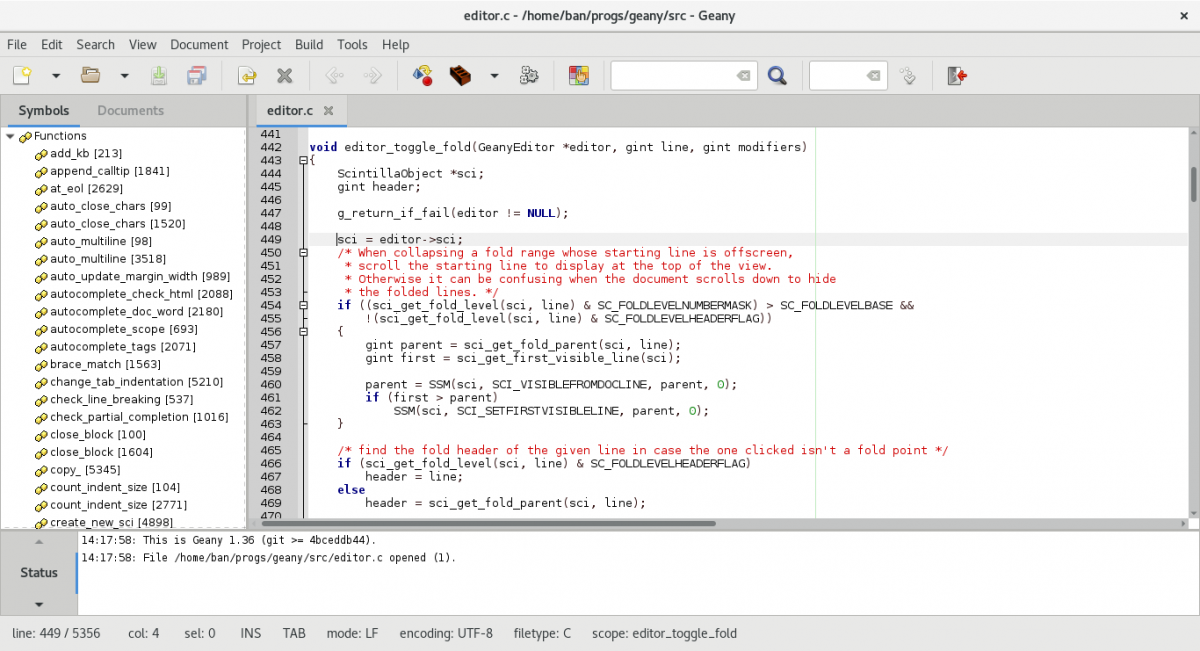

Raspberry Pi works nicely for our IoT purposes since we may run on it anything that runs on Linux and it connects easily to wireless networks, either via integrated WiFi or via USB WiFi modules. We finish by showing the basic code to interact with the outside world using your small computer. The first part covers the basic setup of a Raspberry Pi, including all the hardware and software needed for it to work properly.
#Geany node.js android#
This tutorial series will teach you how to connect a Raspberry Pi with Parse Server and interact with it by using a real-time Android App. In addition to providing a robust backend service, we offer easy implementation of other tools, such as Parse Live Query and Push Notifications, with a minimum amount of lines of code! Here comes Back4App and our Parse Server Platform. This new feature will help you even more constructing your IoT application. In 2019 Parse developer community released a new version of the framework that provides GraphQL API to fetch data. One of the features an IoT application must have is a solid Internet backend, in order to handle a high volume of requests, ensure scalability or work even under realistic connectivity.įour years have come by since Facebook open-sourced Parse. However, there is a difference between playing once or twice with electronics and building a reliable application to be actually installed in your home or even sold as a product. With the advent of affordable, connected and small electronics, such as Raspberry Pi or other microcontrollers, we have the feeling that we can remotely control the entire world around us.

The Internet of Things is coming closer to our daily lives each day more.


 0 kommentar(er)
0 kommentar(er)
